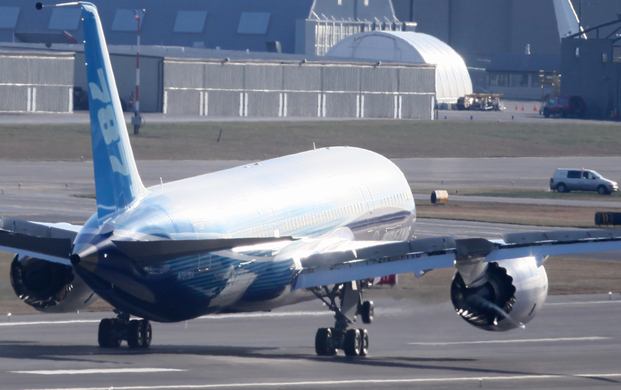Bonsoir
Merci très talentueux ARTWAY
Un petit retour en arrière
Airbus_Lessons_Learnt
Octobre 2008
787-8
MTOW identifiée à 227.9 T précisemment... ce qui est officialisé ce soir par Boeing
Est ce qu'on peut imaginer que les autres chiffres (MZFW de 161T et un OEW de 101.2 T) sont dans une bonne fourchette ?
787-9
MTOW identifiée à 247.2 T précisemment... contre 247.4 T officialisé par Boeing
Là encore peut-on imaginer que les autres chiffres (MZFW de 181.4 et un OEW de 108.4 T) sont ok ?
Dans l'éventualité d'une réponse affirmative dans les deux cas, que penser alors des estimations de rayon d'action ?
Pour l'aile on peut imaginer que le grand gagnant est probablement Boeing dans ce choix... le retard a t'il permis d'intégrer des gains moteurs ?
Bonne soirée
Merci très talentueux ARTWAY

Un petit retour en arrière
Airbus_Lessons_Learnt
Octobre 2008
787-8
MTOW identifiée à 227.9 T précisemment... ce qui est officialisé ce soir par Boeing
Est ce qu'on peut imaginer que les autres chiffres (MZFW de 161T et un OEW de 101.2 T) sont dans une bonne fourchette ?
787-9
MTOW identifiée à 247.2 T précisemment... contre 247.4 T officialisé par Boeing
Là encore peut-on imaginer que les autres chiffres (MZFW de 181.4 et un OEW de 108.4 T) sont ok ?
Dans l'éventualité d'une réponse affirmative dans les deux cas, que penser alors des estimations de rayon d'action ?
Pour l'aile on peut imaginer que le grand gagnant est probablement Boeing dans ce choix... le retard a t'il permis d'intégrer des gains moteurs ?
Bonne soirée
Dernière édition par Admin le Jeu 10 Déc 2009 - 22:36, édité 1 fois






